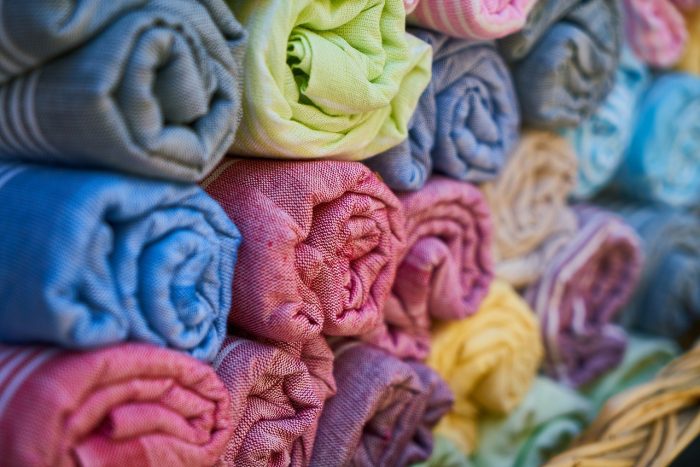TEXTURE CHANGE
This problem is usually associated with velvet or velour type fabrics but can be a problem on
some exotic and hand-woven fabrics. Many of the texture change problems are created by
consumer or even cleaning technicians.
Technicians who are improperly trained will clean a velvet/velour using standard cleaning
procedures with no thought of the fibre distortion he/she is causing. Velvets that look like terry
cloth towels after cleaning arc a good example of texture change.
PREVENTION: Velvet Fabric needs to be cleaned in the direction of the original lie. If using a
wet process, care must be taken to brush the pile down with the direction of the lie while it is
drying. Fluffing of the pile is the last step and should be undertaken when the furniture is dry.
Powerful vacuums, distorted jets, high pressure, poor hand tool design, and untrained operators
will cause distortion. Control these factors and you will control texture change. If you are to
clean a crush velvet and the customer wishes to retain the crush look, they paid for, dry cleaning
is usually the best alternative.
CORRECTION: Velvet distortion can sometimes be corrected with an application of steam
while at the same time using a velvet brash to lift and separate the velvet tufts. Working
sideways first before going directly against the grain will help to gradually restore the original
look. Another way would be to use a formulated acidic fabric softener by misting it on to the
fabric and then again using a velvet brush carry out a similar brushing action as above. Some
velvets however will never return to the original look. It is very difficult to get acceptable results
when trying to refresh a velvet that was incorrectly cleaned. You may have to convince your
customer to accept a single direction lie and then correct the distortion to that single direction.

